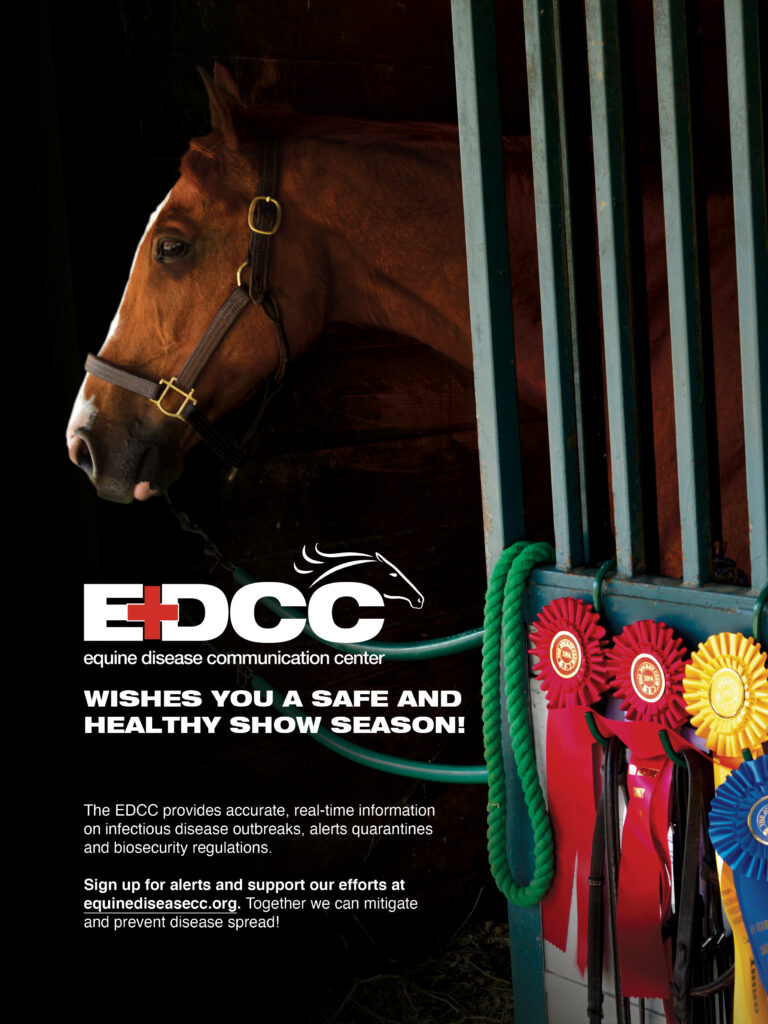Using Solar Support and Boots for Endurance and Trail Riding Races
by Larkin Greene
When gearing up for endurance and trail riding season, there is a lot of training and
preparation that go into it for the rider and horse. Both have to be conditioned to face
the 25, 50 or 100-mile race that lies ahead of them. Because a horse will be on their
feet in rocky terrain for long periods of time, it’s important that hooves are properly
protected, supported and prepared for any possibilities, such as uneven, loose footing,
stepping on sharps, cuts and hoof impacts.
Endurance Racing Conditions
When racking up miles on difficult terrain, horses and riders endure challenging
conditions. For safety and concern for rider and mount, participants must check in at
various points along the course where veterinarians and farriers make sure the team is
in good enough condition to keep going. It’s usually about finishing an event, more than
winning. The saying, “To Finish is to Win” is well known. While there is certainly a first
place finisher, an equally impressive award is winning “Best Condition.” This award
means that the vital stats, fitness and condition of the horse are best among the top ten
participants who finished the race. In other words, it’s the horse fit enough to continue.
The ability to connect with the horse, and keep it healthy, calm, and focused are
immense accomplishments for riders and support crews during exhausting events like
these. Many riders discover that the mental demands can be as challenging as the
physical ones. Riders often must ride at night and sometimes find themselves alone on
a trail, or their horse might want to go faster than they do to keep up with other horses.
It’s a full body, full mind experience.
In correlation with a horse’s well being during an endurance competition, the hooves are
the foundation it all rests upon. If a horse’s feet are not properly protected and they step
on a sharp rock along the course, the horse can become immediately lame, or the
lameness can show up a few miles down the trail. With shoes, pads, pour-in urethane
pads or boots for protection, a horse will be better prepared to face the difficult
conditions of an endurance or trail riding competition.
Protecting Hooves for an Endurance Competition
Most horses in the endurance world are shod with steel or urethane shoes, however,
recent improvements in both glue-on and strap-on hoof boots, provide riders another
option for hoof protection.
One of the limitations of hoof boots has always been fit, especially the short length in
the heels, and gaps in the fit that allow the boot to shift and possibly come off. Vettec
adhesives can be used in three different ways to improve the performance of a boot:
adding adhesive externally to add support where it’s needed, adding a soft urethane
comfort layer to the inside floor of the boot and filling gaps to create a truly custom fit.
For a shod horse, products like Equi-Pak and Sole-Guard are also useful. Sole-Guard is
a popular pick among pour-in pad products for endurance horses because of its


